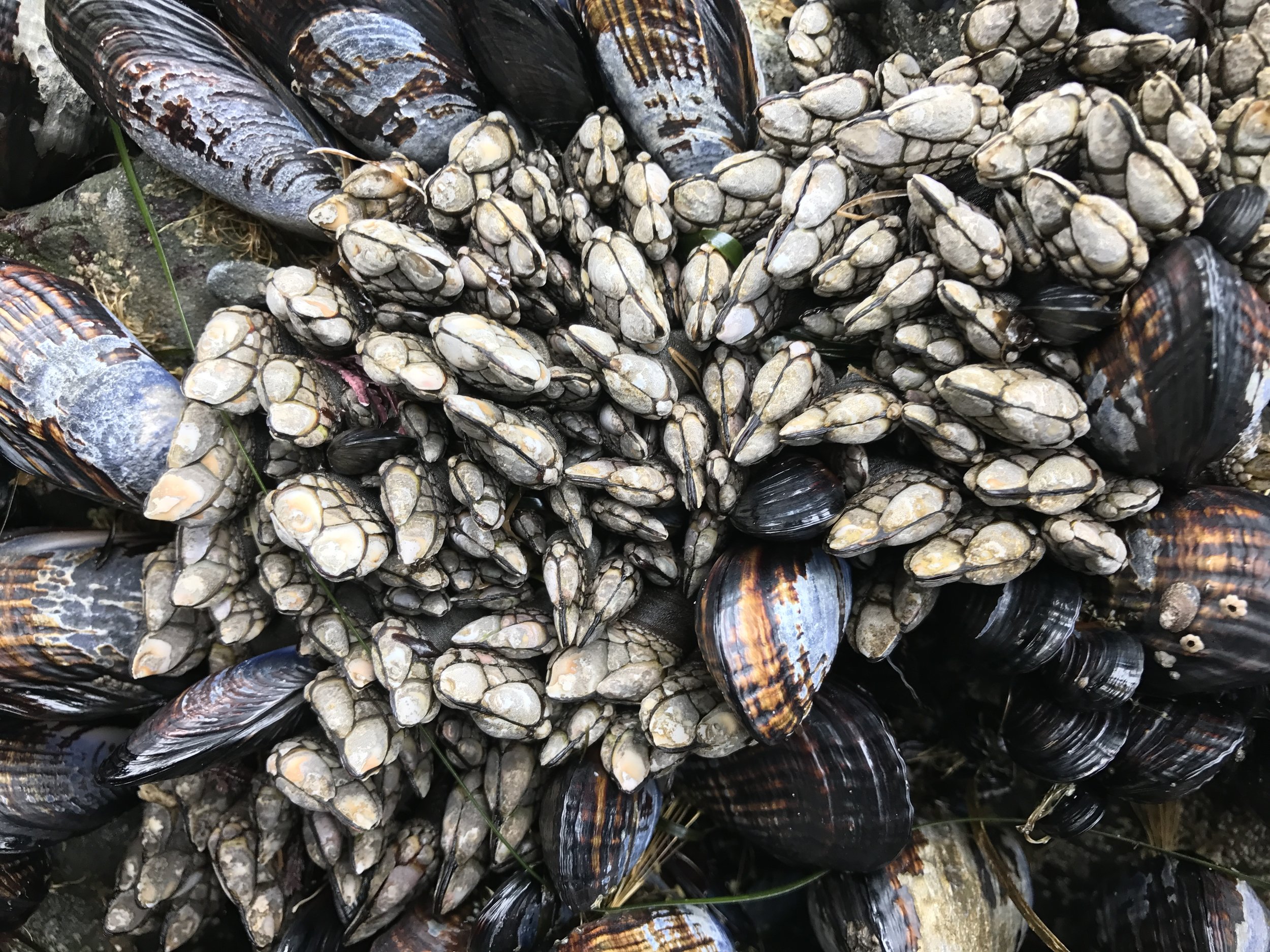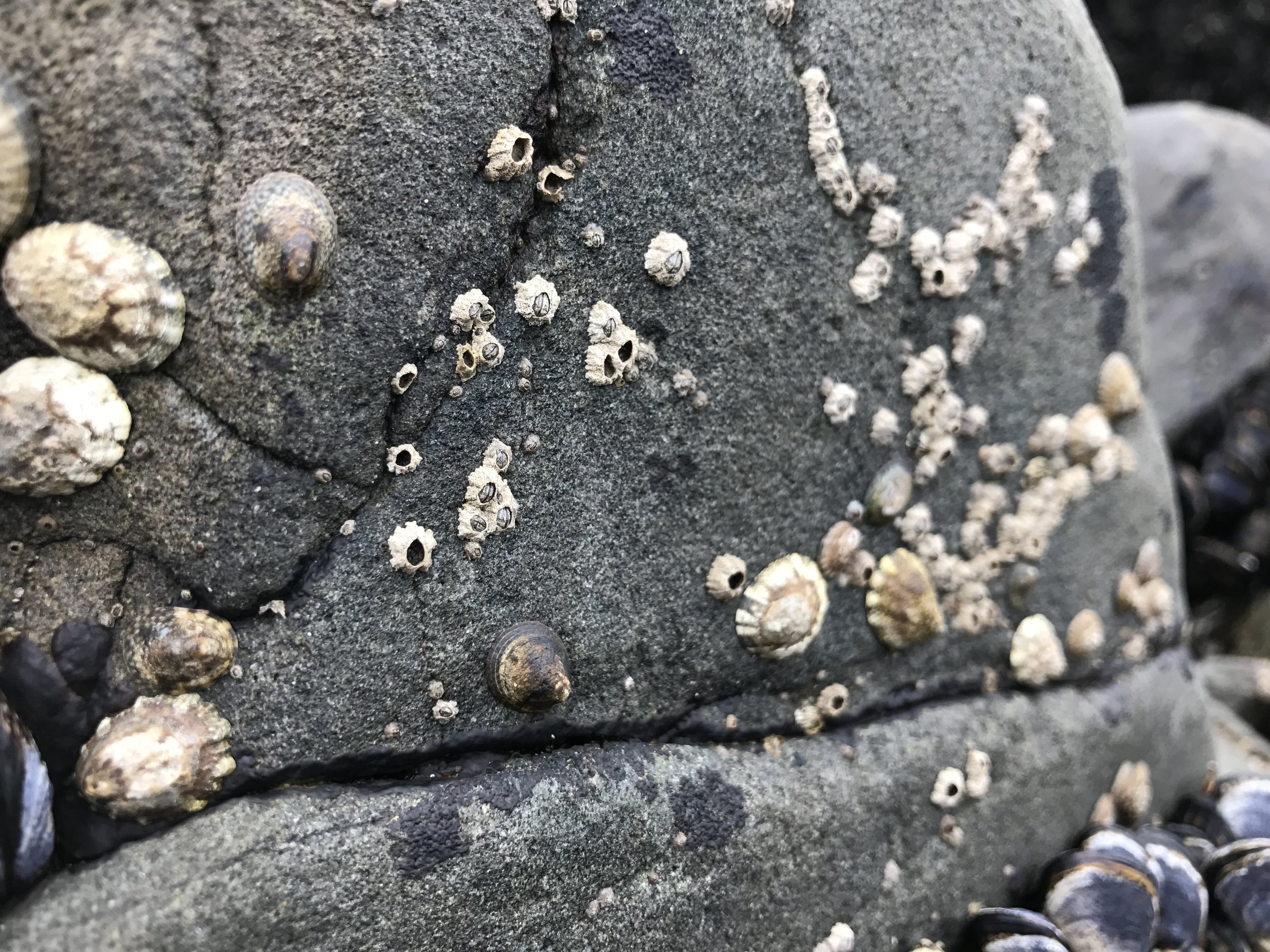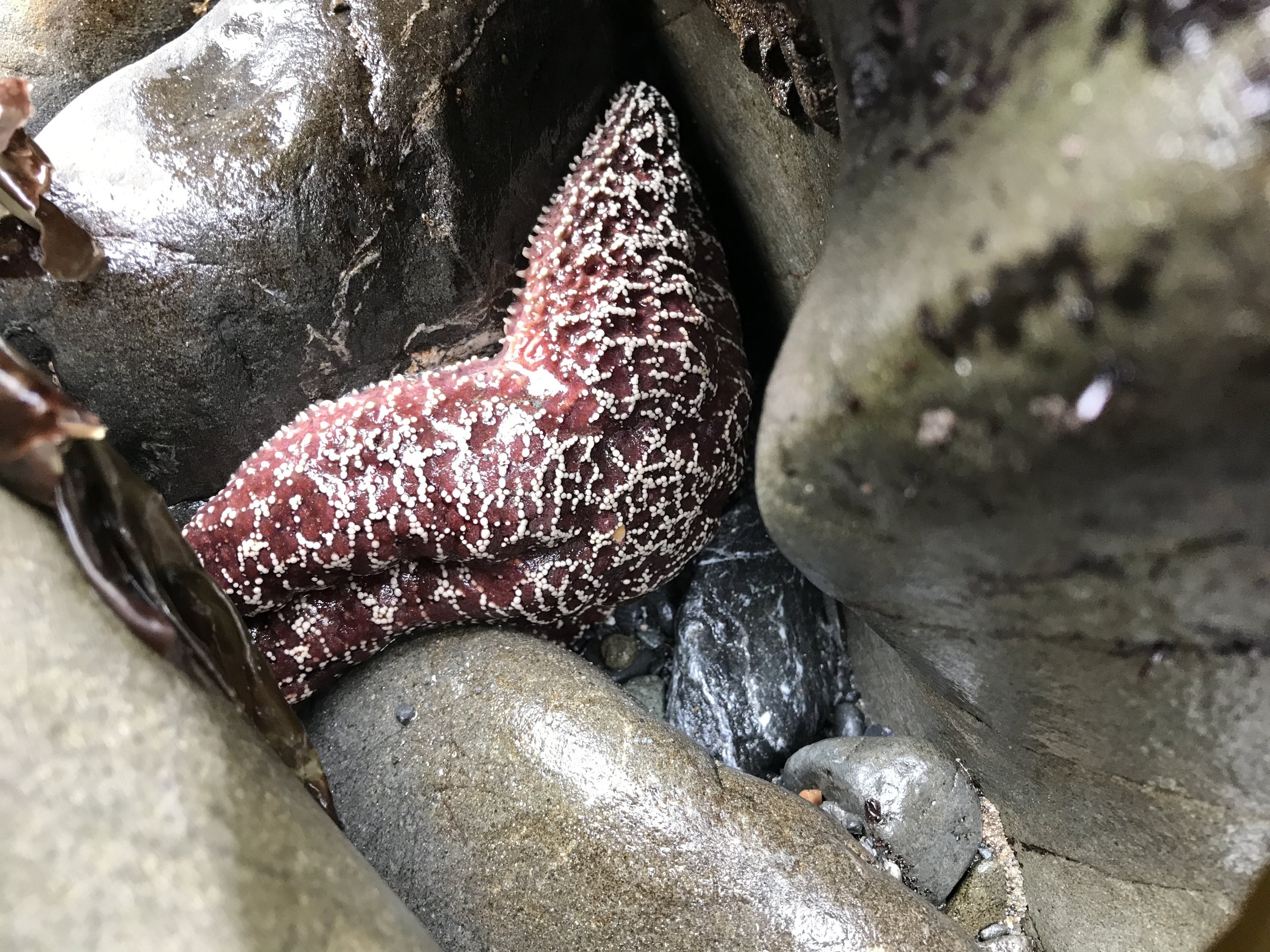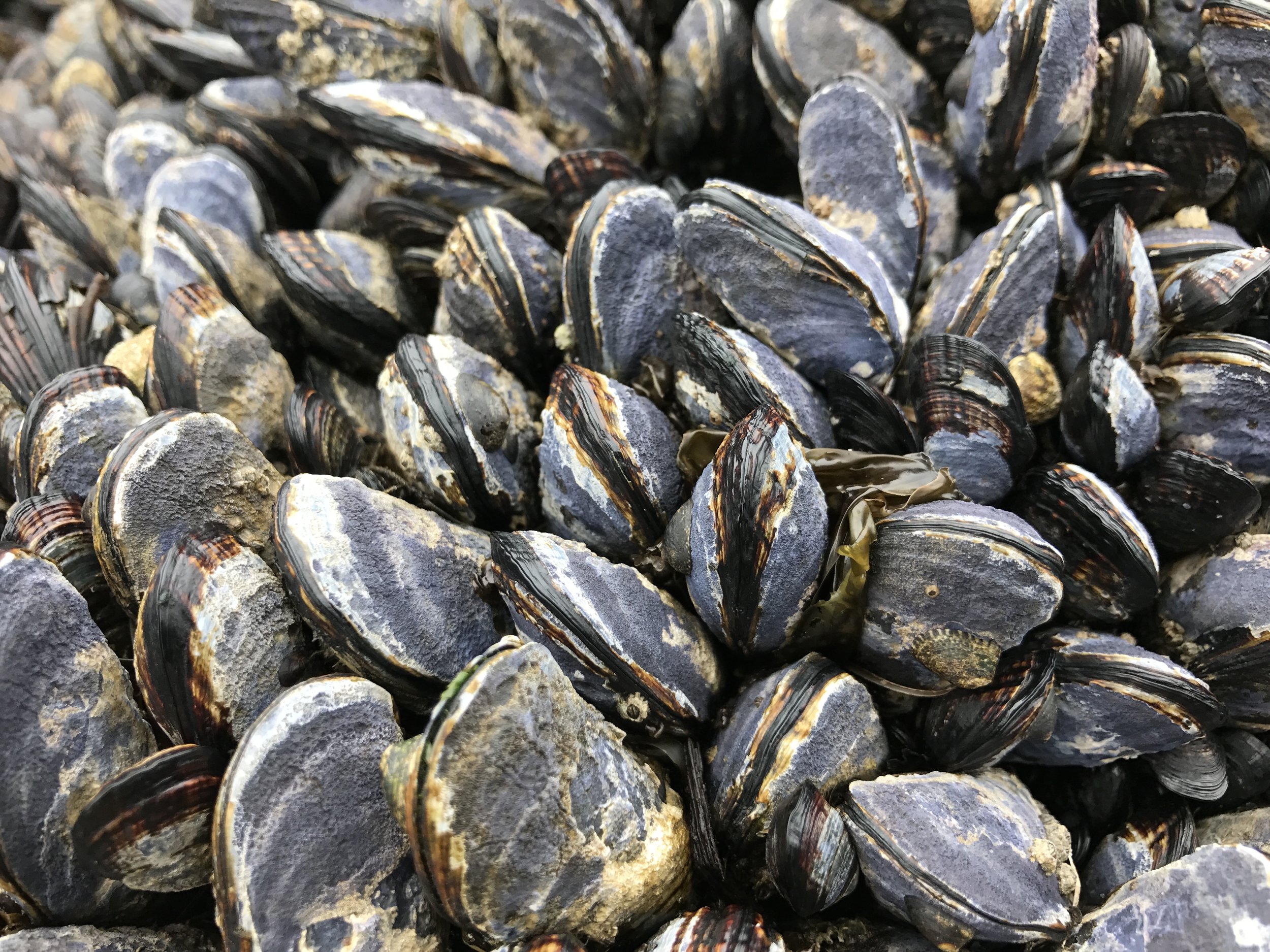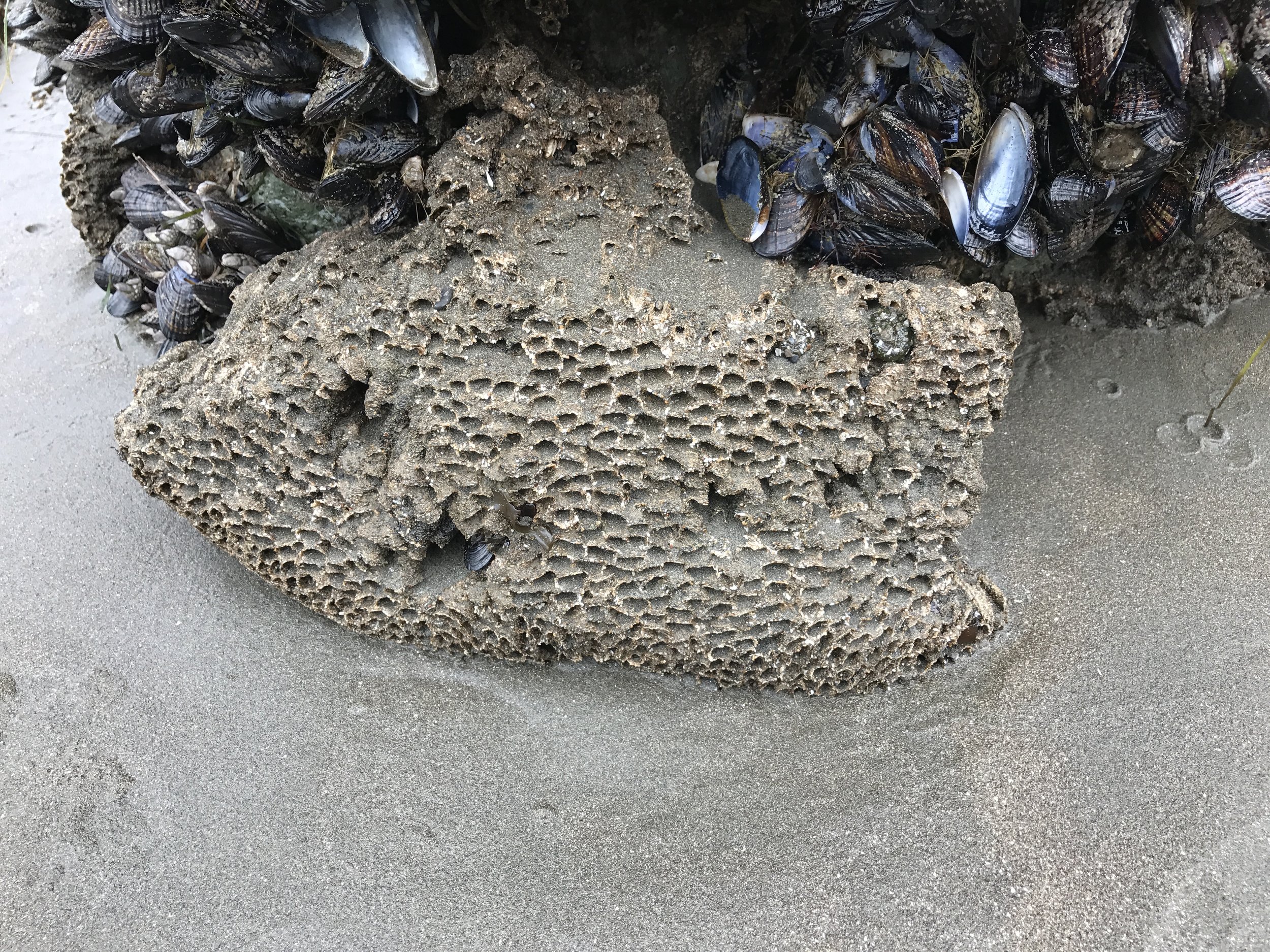A second camera in your pocket
It's not new to consider your smartphone a second camera. But I'm still amazed at how easy it is to use and how it can simply, but with a lot of impact, add to an MMJ's story. We have it hard enough already lugging all the equipment around ourselves. But with a smartphone, it's easy to make it look as though we had an entire crew supporting us.
Today's story was about the California Academy of Sciences bioblitz program, where "citizen scientists" are invited to participate in documenting the biodiversity of the Northern California coastline. The three basic elements I tell my students to look for in a TV story are:
- So what (what difference does it make): documenting the plants and animals that are here now will help scientists figure out what's changed years from now.
- Real people: the citizen scientists
- Show me don't tell me (video): people taking photos at the coastline.
Objects in the foreground add depth to interviews.
On the way out to Muir Beach, I was thinking about how I could make the story look a little different. One thought that came to mind was to include objects in the foreground. There was a lot of space on the beach with an bunch of rocks scattered around. Here's what I came up with for some of my broll and interviews. Notice how something in the foreground adds depth to the shot and makes it much more interesting.
I also thought about how my iPhone 7 might help me tell the story in a creative way. I came up with three ideas:
1. The Sony video cameras we use take great pictures, but not up close. I figured if these "citizen scientists" were using their smartphones to get shots of the potentially tiny plants and animals at Muir Beach, so should I. And that proved to be the case - the video camera simply could not get the vivid focus the iPhone could. Click on the photos to advance.
2. It's easy to set up a second two-shot angle with a smartphone. This gives the impression there is another person working with you on the scene. I use a cheap tripod and harness you can buy pretty much anywhere and set up the iPhone always farther away from me than the video camera. This prevents crossing the line (axis) and ensures the interview subject is looking in the same direction in both the video camera shot and the iPhone shot.
When you shoot that second angle, the trick is to synchronize the audio from the video camera with the video from the iPhone. With non-linear editing software, it's pretty easy. Here's a snippet of the second angle I got with the iPhone. It really makes it look as though there are more people working on the story than just the MMJ. See THE STORY below for how it appeared in the story.
3. Even before I left home for the story, I knew I wanted to try this third option. I took a couple of plastic sandwich bags with me so I could submerge the camera and then pull it out of the water and shoot people taking photos. This is the shot that really takes the viewer to the story and one that is impossible to do with the company-owned video camera. Check it out in THE STORY below.
I bought those gaudy yellow boots at Lowe's the night before the story, because I knew I'd probably get wet. They worked, until I turned my back on the waves. Ugh. The first time they got flooded I was a little perturbed. But after the fourth or fifth time, eh, "I'm already soaked." All part of doing business as an MMJ. Do the story, no matter what.
Takeaways:
- Use your smartphone to make your stories look more polished. Yes, MMJs are already overburdened and sometimes overwhelmed with all the equipment we have to carry. A smartphone is not that much more weight, but it is a whole lot more potential. It's worth it.
- Put stuff in the foreground of your shots.

